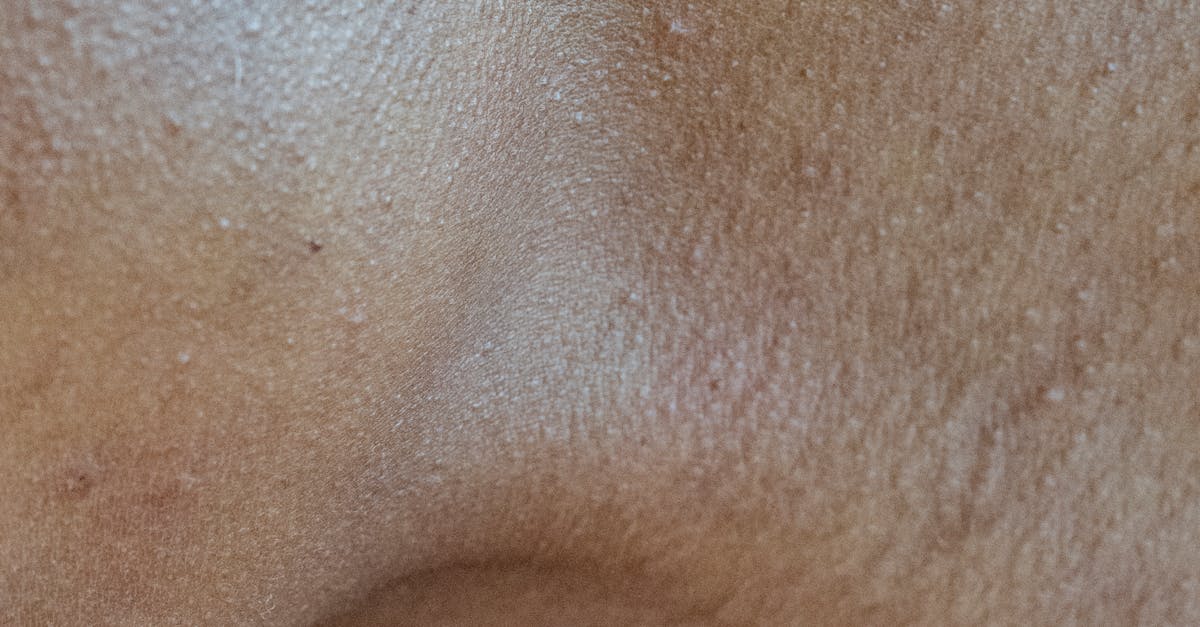
Table Of Contents
Longterm Chin Augmentation Risks
Long-term Chin Augmentation Risks
When considering the long-term risks associated with Chin Augmentation, patients should be aware of the potential for complications to arise years after the initial procedure. While many individuals experience successful outcomes, there is a small percentage that may encounter issues such as implant migration, tissue atrophy, or even implant extrusion over time. It is crucial for patients to understand that monitoring their chin augmentation results and seeking timely medical attention if any complications develop can help in addressing these challenges effectively.
Moreover, the longevity and durability of chin augmentation materials play a significant role in determining the risks over an extended period. Factors such as the type of implant used, the surgical technique employed, and individual healing processes can influence the likelihood of complications emerging in the future. By discussing these concerns with a qualified plastic surgeon and understanding the specific risks associated with different types of chin augmentation procedures, patients can make informed decisions that prioritize their long-term well-being.
Addressing Potential Future Complications
Potential future complications related to chin augmentation are a crucial aspect to consider for individuals contemplating this cosmetic procedure. Although rare, complications such as infection, nerve damage, asymmetry, or implant shifting may arise post-surgery. These complications can have a significant impact on both the aesthetic outcome and the overall well-being of the patient undergoing the procedure. Therefore, it is imperative for patients to have a thorough understanding of these potential risks to make informed decisions regarding their chin augmentation.
To address potential future complications associated with chin augmentation, clear communication between the patient and the surgeon is paramount. Patients should openly discuss any concerns they may have about the procedure with their surgeon and seek clarification on the steps taken to mitigate these risks. Additionally, surgeons must provide detailed pre-operative and post-operative care instructions to minimize the likelihood of complications and optimize the healing process for the patient undergoing chin augmentation. By fostering a transparent and informative dialogue, both patients and surgeons can work collaboratively towards achieving successful outcomes while minimizing the risks associated with chin augmentation.
Patientspecific Chin Augmentation Risk Assessment
Patient-specific chin augmentation risk assessment is a crucial aspect of the preoperative evaluation process. It involves a comprehensive review of the individual's medical history, current health status, and any potential risk factors that may impact the outcome of the procedure. Factors such as underlying medical conditions, previous surgeries, medications, and lifestyle habits are carefully considered to determine the overall risk profile for each patient.
Assessing individual health factors is essential in predicting potential complications and tailoring the surgical approach to minimize risks. Factors such as smoking, obesity, diabetes, and immune system disorders can significantly impact the healing process and increase the likelihood of complications post-operatively. By conducting a thorough evaluation of each patient's health status, surgeons can develop a personalized risk management plan to optimize the safety and success of the chin augmentation procedure.
Assessing Individual Health Factors
Before undergoing a chin augmentation procedure, it is essential to assess individual health factors that could impact the outcome and potential risks associated with the surgery. Factors such as medical history, current health conditions, medications being taken, and any known allergies must be thoroughly evaluated to gauge the individual's suitability for the procedure. Particularly, conditions like diabetes, hypertension, bleeding disorders, or autoimmune diseases can pose increased risks during and after chin augmentation surgery.
Moreover, lifestyle factors such as smoking, excessive alcohol consumption, and poor dietary habits can also influence the success and safety of chin augmentation. These habits may affect the body's ability to heal properly post-surgery and increase the likelihood of complications during the recovery period. Additionally, mental health considerations such as unrealistic expectations or body dysmorphia should also be taken into account when assessing an individual's readiness for chin augmentation.
Surgeon's Role in Mitigating Chin Augmentation Risks
When it comes to mitigating the risks associated with Chin Augmentation procedures, the expertise and proficiency of the surgeon play a crucial role. A skilled and experienced surgeon can significantly reduce the chances of complications during and after the surgery. By carefully assessing the individual's anatomy, health history, and specific requirements, a competent surgeon can tailor the Chin Augmentation procedure to minimize potential risks.
In addition to technical proficiency, the surgeon's commitment to patient safety is paramount in mitigating Chin Augmentation risks. Ensuring that the patient is well-informed about the procedure, potential risks, and post-operative care is essential for a successful outcome. A knowledgeable surgeon will conduct a thorough pre-operative assessment, address any concerns or questions the patient may have, and provide comprehensive post-operative instructions to facilitate proper healing and reduce the likelihood of complications.
Ensuring Skill and Experience
When considering chin augmentation, one of the crucial factors to prioritize is the skill and experience of the surgeon performing the procedure. Ensuring that the surgeon has a deep understanding of facial anatomy, specifically related to Chin Augmentation, is essential for achieving safe and satisfactory results. Experienced surgeons are better equipped to navigate potential complications that may arise during or after the procedure.
Moreover, a skilled surgeon can offer personalized recommendations based on the individual's facial structure and desired outcome. Patients should actively inquire about the surgeon's experience in performing Chin Augmentation procedures, including the number of surgeries they have conducted and any specialized training they have received in this area. By opting for a surgeon with a proven track record of successful Chin Augmentation procedures, patients can minimize risks and enhance the likelihood of a successful outcome.
FAQS
What are the potential long-term risks associated with chin augmentation?
Long-term risks of chin augmentation may include infection, asymmetry, nerve damage, and implant displacement.
How can potential future complications from chin augmentation be addressed?
Future complications from chin augmentation can be addressed by following post-operative care instructions, attending follow-up appointments, and seeking immediate medical attention if any issues arise.
How is a patient-specific risk assessment conducted for chin augmentation?
A patient-specific risk assessment for chin augmentation involves evaluating individual health factors, medical history, and expectations to determine the suitability for the procedure.
What role does the surgeon play in mitigating risks associated with chin augmentation?
Surgeons play a crucial role in mitigating risks by ensuring proper surgical technique, discussing potential complications with patients, and having the skill and experience to handle any unforeseen issues.
How can patients ensure the surgeon they choose for chin augmentation has the necessary skill and experience?
Patients can ensure the surgeon has the necessary skill and experience for chin augmentation by researching their credentials, viewing before and after photos, and scheduling a consultation to discuss the procedure in detail.


